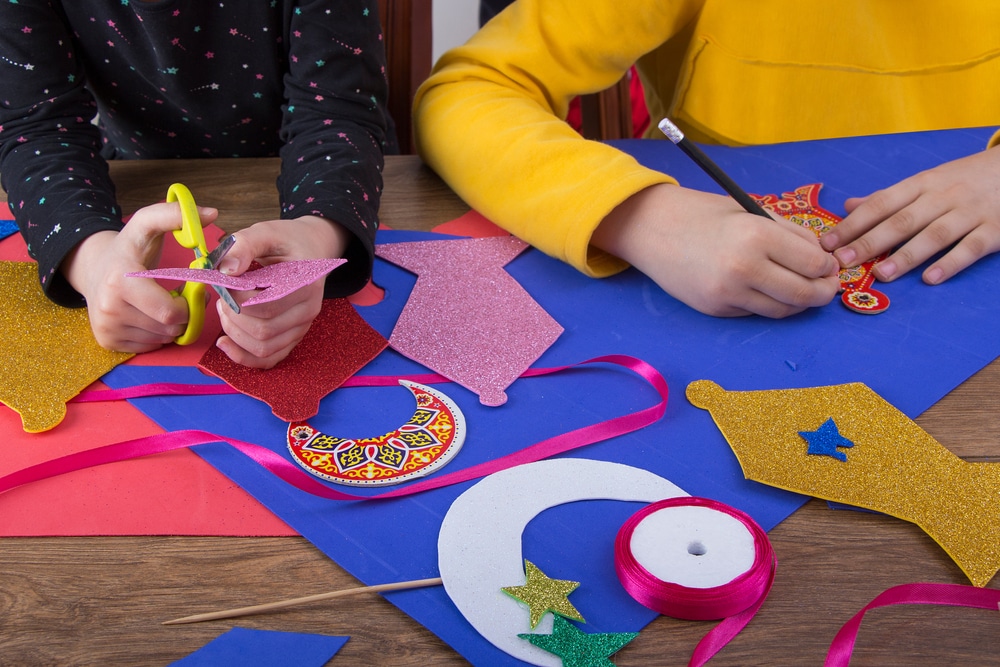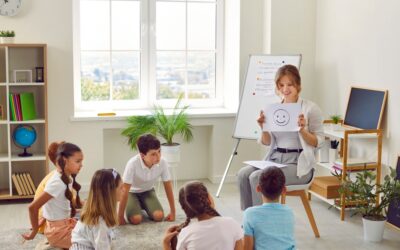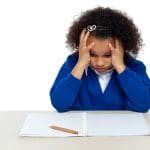Incorporating Ramadan Activities in The Classroom
As Ramadan begins, many Muslims worldwide are planning and preparing to celebrate because it is the most critical and sacred month in the Islamic calendar. Children and adults will start to prepare for one of the five pillars of Islam: fasting. In this blog, we have created Ramadan activities for children to do in the classroom.
What is Ramadan?
Ramadan is a time of reflection, prayer and giving to the poor. It is the month when the Quran (holy book) was written by Angel Jibreel and given to the Prophet Mohammad (PBUH). In Ramadan, Muslims fast for 30 days, and during this time of the month, Muslims are not allowed to eat or drink from sunrise to sunset.
Muslims around the world fast to practise self-discipline, self-control and become closer to God. Fasting connects your soul to God, and it also helps cleanse the soul from sin.
Why is Ramadan celebrated?
The long month of Ramadan is a time for growing spiritually and becoming closer to God (Allah). This tradition began during the seventh century when the Angel Jibreel told the Prophet, Muhammad, to read the Quran. Muslims consider Muhammad to be the last Prophet.
After sunset, families gather for dinner to celebrate the day of fasting, which is the meal after sunset (Iftar). This meal is followed by evening prayers at home or in mosques. Suhur is the pre-dawn meal that provides strength for the day’s fast.

Ramadan activities for pupils in the classroom
Design Eid cards
According to the Quran, this is the night when Allah revealed the holy book to Muhammad. Since then, Muslims worldwide have celebrated this night as a continuation of the revelation from hours spent reading and reciting the Quran at home or in the local mosques. In the last ten days of Ramadan, many Muslims will read the Quran and offer extra prayers.
Did you know that the sighting of the new moon in Saudi Arabia marks the end of Ramadan and the start of Eid-al-Fitr? Eid-al-Fitr is a three-day festival that marks the end of fasting. Why not encourage children in your classroom to design Eid cards for their friends and family? It is a fun and exciting opportunity for children to get involved in the culture and learn about the religion.
Eid-al-Fitr is celebrated on the first day after Ramadan ends. Muslims celebrate Eid by making unique sweet dishes, while children receive gifts and money from family members. Families attend prayers at mosques and visit their relatives.
Create henna handprints
During the end of Ramadan, Muslim women decorate their hands with henna. Henna symbolises earth and part of being alive. Muslim women have always decorated themselves with henna. The rich orange-red colour symbolises good health and prosperity, and these days, the tradition has become an essential part of weddings and other family celebrations.
Try encouraging pupils in your classroom to create henna handprints during this month of Ramadan. They can draw their hand on a piece of paper and use felt pens or crayons to colour their hand. Also, they can design patterns on the prints too. You may want to display some of their work in the class to celebrate children’s rich heritage and diversity.
Let children create these prints on their own or together as a group activity. Encourage them to think about what they are grateful for while drawing. This activity could be an excellent opportunity to discuss what Ramadan means to Muslims and what children have learned this year.
Create models/diagrams of the solar-lunar year
Ramadan is the ninth month of the Islamic calendar. This is based on the monthly moon cycle, which can be 28-30 days, and it can last either 29 or 30 days, depending on the sighting of the moon. Get pupils in your class to draw models or diagrams of the solar-lunar year. They can draw and colour the solar-lunar year. Another activity you can do with the pupils is to ask them to write down how many times the earth rotates around the sun. It is essential as this will educate children more about Ramadan and how this reflects the time of the fast from sunrise to sunset.
Make Ramadan lanterns
You may have heard of the fanous Ramadan lantern. In the Islamic tradition, it’s called a Ramadan lantern. It is used to decorate streets and homes during the month of Ramadan.
In some countries, they are handmade out of dyed paper cut into shapes and glued together. Also, they are made from metal, glass, or plastic in other countries. Some are even in the form of a crescent moon!
You can encourage children to make Ramadan lanterns in the classroom to help them understand why people around the world celebrate this holiday and learn more about the traditions and culture.
They are easy to make all you need is some cardboard, scissors, glue, paints (and brushes if necessary), stickers or markers for decoration!
Draw palm trees
During Ramadan, dates are an important symbol. Palm trees and dates symbolise wealth and abundance in the Islamic tradition. Dates are a staple fruit, and it is popular during Ramadan. The Prophet Muhammad used to break his fast with fresh dates, dried dates, or a sip of water. Muhammad advised the Muslims to eat dates whilst they broke their fast.
An excellent way for children to learn about other cultures is by drawing pictures. For this activity, get children to draw palm trees in the classroom. You can use these drawings as decorations or create a whole display board on Ramadan.
In the end, it is essential to remember that Ramadan activities in the classroom are optional. They add a unique element of fun and excitement to Ramadan. Ramadan activities in the classroom are simply one great option that might help make this special time of the year memorable for everyone involved!






